The most striking thing about Romanian culture is the strong folk traditions which have survived to this day due to the rural character of the Romanian communities, which has resulted in an exceptionally vital and creative traditional culture. Romania’s rich folk traditions have been nourished by many sources, some of which predate the Roman occupation. Traditional folk arts include wood carving, ceramics, weaving and embroidery of costumes, household decorations, dance, and richly varied folk music. Ethnographers have tried to collect in the last two centuries as many elements as possible: the Museum of the Romanian Peasant and the Romanian Academy are currently the main institutions which systematically organise the data and continue the research.
Wood used to be the main construction material, and heavily ornamented wooden objects were common in old houses. In Maramure? wood was used to create impressive structures such as churches or gates, in Dobruja windmills were made of wood, and in mountainous regions hardwood was used even for covering the roof. To preserve traditional houses many village museums have been created in the last century throughout Romania, such as the Village Museum in Bucharest, the Traditional Popular Civilisation ASTRA Museum in Sibiu or the Oltenian Village Museum in Râmnicu Vâlcea.
Linen was the most common material for clothing, combined with wool during the winter or colder periods. These are embroidered with traditional motifs that vary from region to region. Black is the most common colour used, but red and blue are predominant in certain areas. Traditionally, men wore a white shirt and pants (if made of wool they are called i?ari) with wide a leather belt, usually over the shirt, and a vest sometimes made of leather and embroidered. They wore either boots or a simple shoe made of leather and tied around the foot called opinc? and they wore a hat which differs in design from region to region. Women also wore a white skirt and a shirt with a vest. They wore an apron called ?or? or c?trin?? which is also embroidered and a headscarf called basma;on special occasions they wore more elaborate outfits.
Music and dance represent a lively part of the Romanian folklore and there are a great variety of musical genres and dances. Party music is very lively and shows both Balkan and Hungarian influences. Sentimental music, however, is the most valued, and Romanians consider their doina (a sad song either about one’s home or about love, composed like an epic ballad) unique in the world. Maria T?nase, Maria L?t?re?u, Maria Ciobanu and Ileana Sararoiu are considered to be some of the greatest Romanian folk singers and today Grigore Le?e and Taraful Haiducilor are two of the most famous musicians. The dances are lively and are practiced throughout Romania by a large number of professional and amateur groups, thus keeping the tradition alive; Hora is one of the most famous group dances but men’s folk dances such as c?lu?ari are extremely complex and have been declared by UNESCO to be “Masterpieces of the Oral and Intangible Heritages of Humanity”.
Related Listing
-
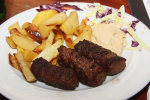
Traditional cuisine
A great number of proverbs and sayings have developed around the activity of eating. From the ...
-
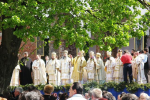
Spirituality and religion
Romanian spirituality is greatly influenced by its strong connections with the Eastern Christian ...
-
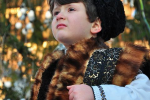
Romanian mythology
Romanians have had, from time immemorial, a myriad of customs, tales and poems about love, faith, ...

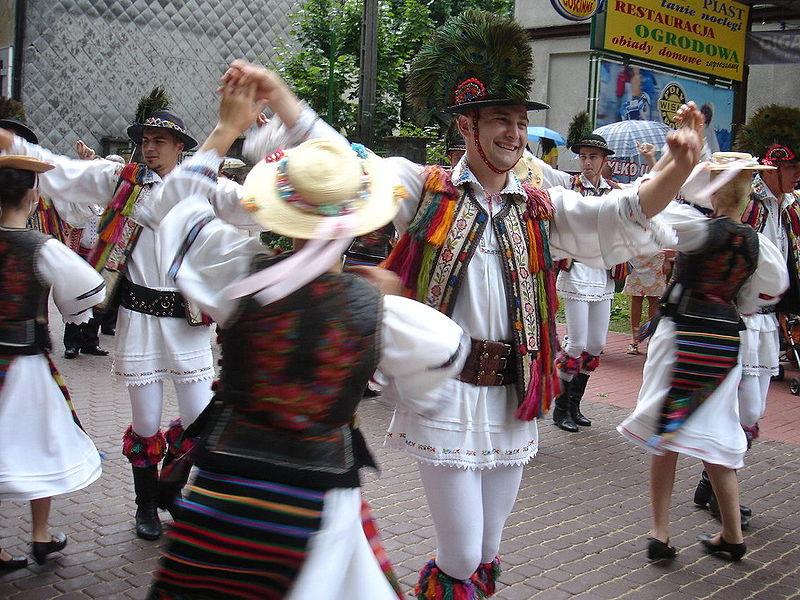
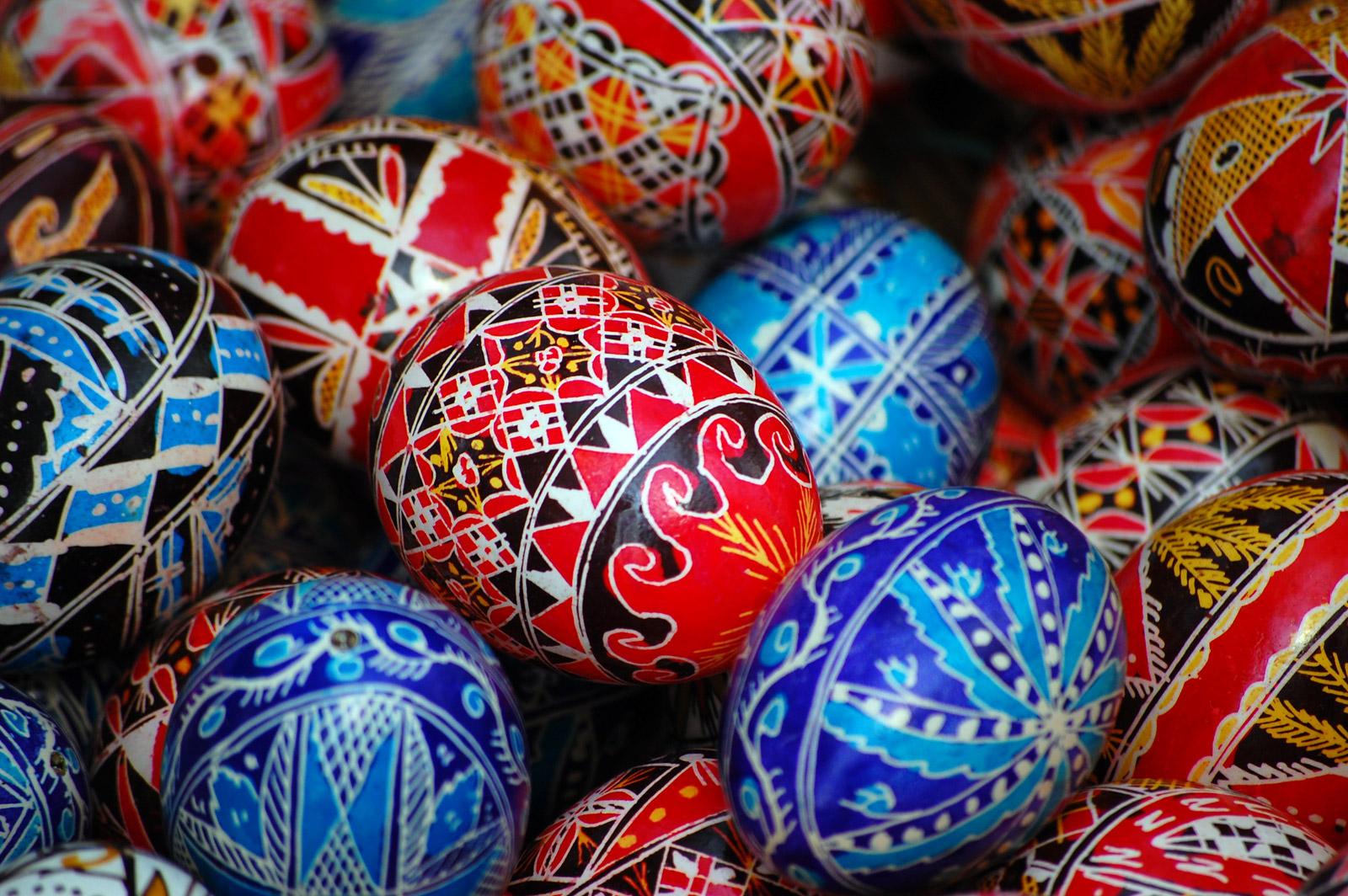
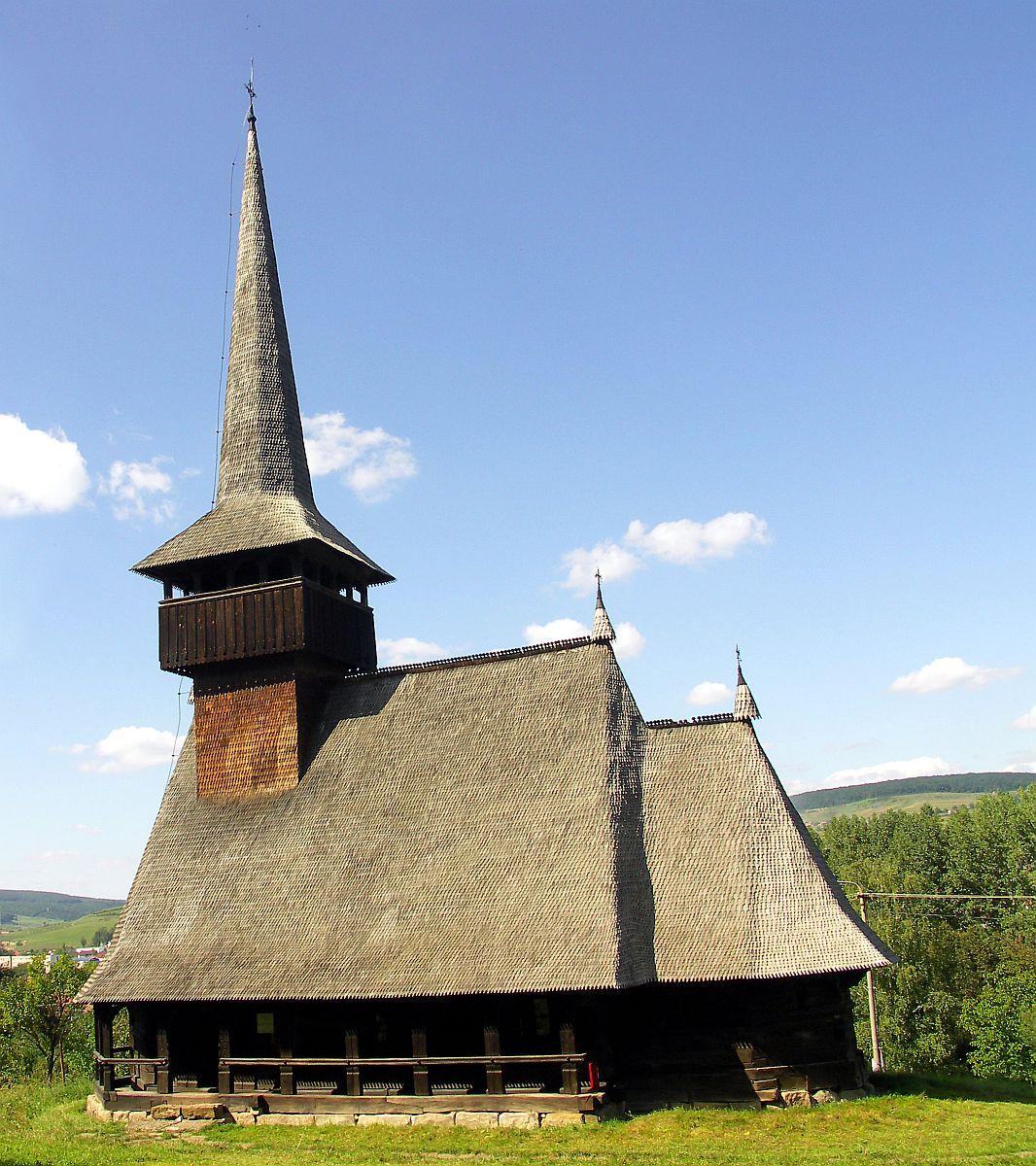








Recent Reviews